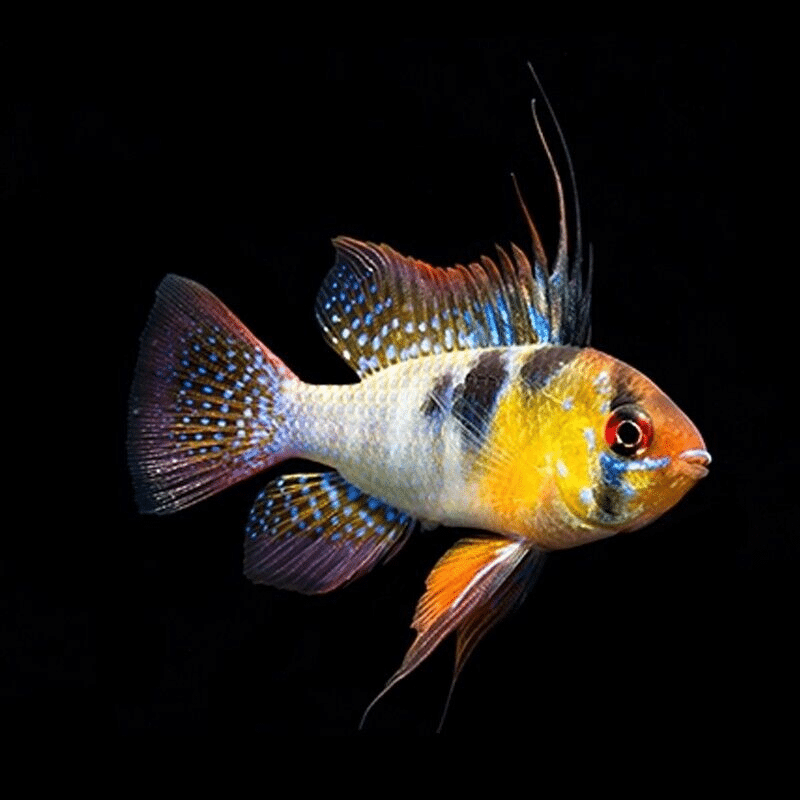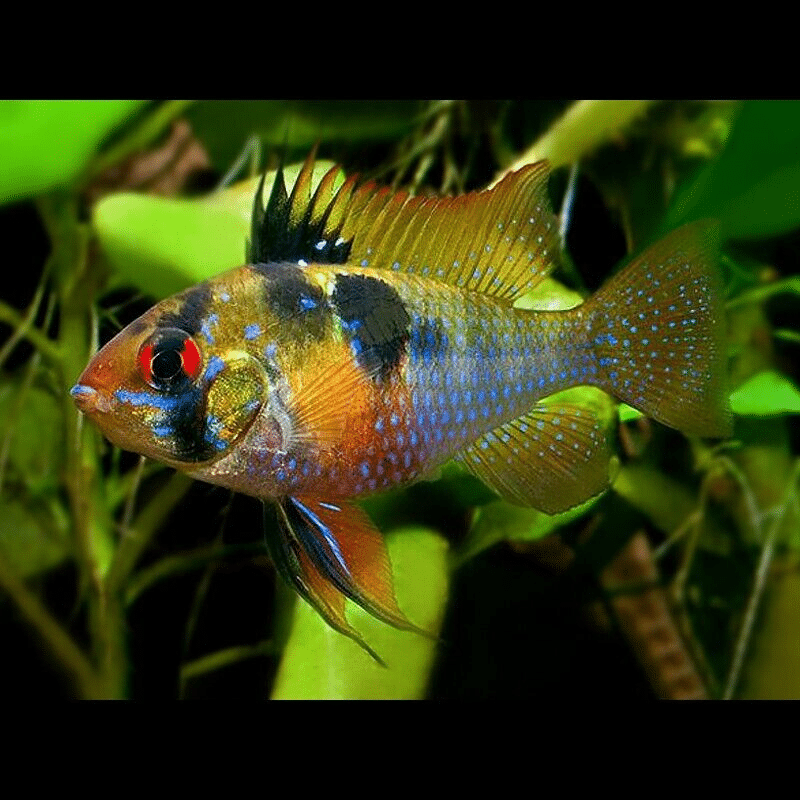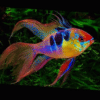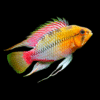To provide the best experiences, we use technologies like cookies to store and/or access device information. Consenting to these technologies will allow us to process data such as browsing behaviour or unique IDs on this site. Not consenting or withdrawing consent, may adversely affect certain features and functions.
The technical storage or access is strictly necessary for the legitimate purpose of enabling the use of a specific service explicitly requested by the subscriber or user, or for the sole purpose of carrying out the transmission of a communication over an electronic communications network.
The technical storage or access is necessary for the legitimate purpose of storing preferences that are not requested by the subscriber or user.
The technical storage or access that is used exclusively for statistical purposes.
The technical storage or access that is used exclusively for anonymous statistical purposes. Without a subpoena, voluntary compliance on the part of your Internet Service Provider, or additional records from a third party, information stored or retrieved for this purpose alone cannot usually be used to identify you.
The technical storage or access is required to create user profiles to send advertising, or to track the user on a website or across several websites for similar marketing purposes.



















Emily Carter (verified owner) –
I’ve been keeping fish for over five years, and my Ram Dwarf Cichlid has truly stolen my heart. I purchased mine about two months ago, and I’ve been mesmerized by its vibrant colors and unique personality ever since. They thrive in a well-planted aquarium, which I made sure to create with plenty of hiding spots. What I love most is how they exhibit playful behaviors, especially during feeding time! I noticed that they are quite social with each other, and watching them interact has been a joy.
Compared to other cichlids I’ve kept, the Ram is less aggressive, making it a perfect choice for community tanks. However, I did observe that they can be a bit shy initially, so I recommend giving them time to acclimate. The shipping was prompt, and they arrived healthy and active, which is always a plus in my book. If you’re a caring fish parent looking to add some color and character to your tank, I wholeheartedly recommend the Original Ram Dwarf Cichlid. Just make sure your aquarium is well-maintained, as they do require good water quality to thrive!
Emily Roberts (verified owner) –
I recently added a pair of Mikrogeophagus Ramirezi to my 20-gallon community tank, and they have quickly become my favorite fish! The vibrant colors and unique patterns are simply breathtaking, especially when they display their full beauty against the lush greenery of my aquarium. I’ve had them for about six weeks now, and they’ve adapted beautifully to their environment.
These little Dwarf Cichlids are not just a feast for the eyes; they’re also quite friendly and have a curious nature, often exploring all corners of the tank. I appreciate that they are omnivorous, making it easy to provide a varied diet with both flakes and occasional live food. Compared to some other freshwater fish I’ve kept, the Rams are less aggressive, which makes them ideal for beginners and experienced keepers alike.
One minor concern was that they were a bit shy at first, but with plenty of hiding spots and plants, they’ve really come out of their shells. If you’re looking for beautiful, engaging aquarium fish, I highly recommend these little gems. They bring life and personality to my tank, and I can’t help but smile every time I see them! Just ensure your water parameters are suitable, and you’re in for a treat!